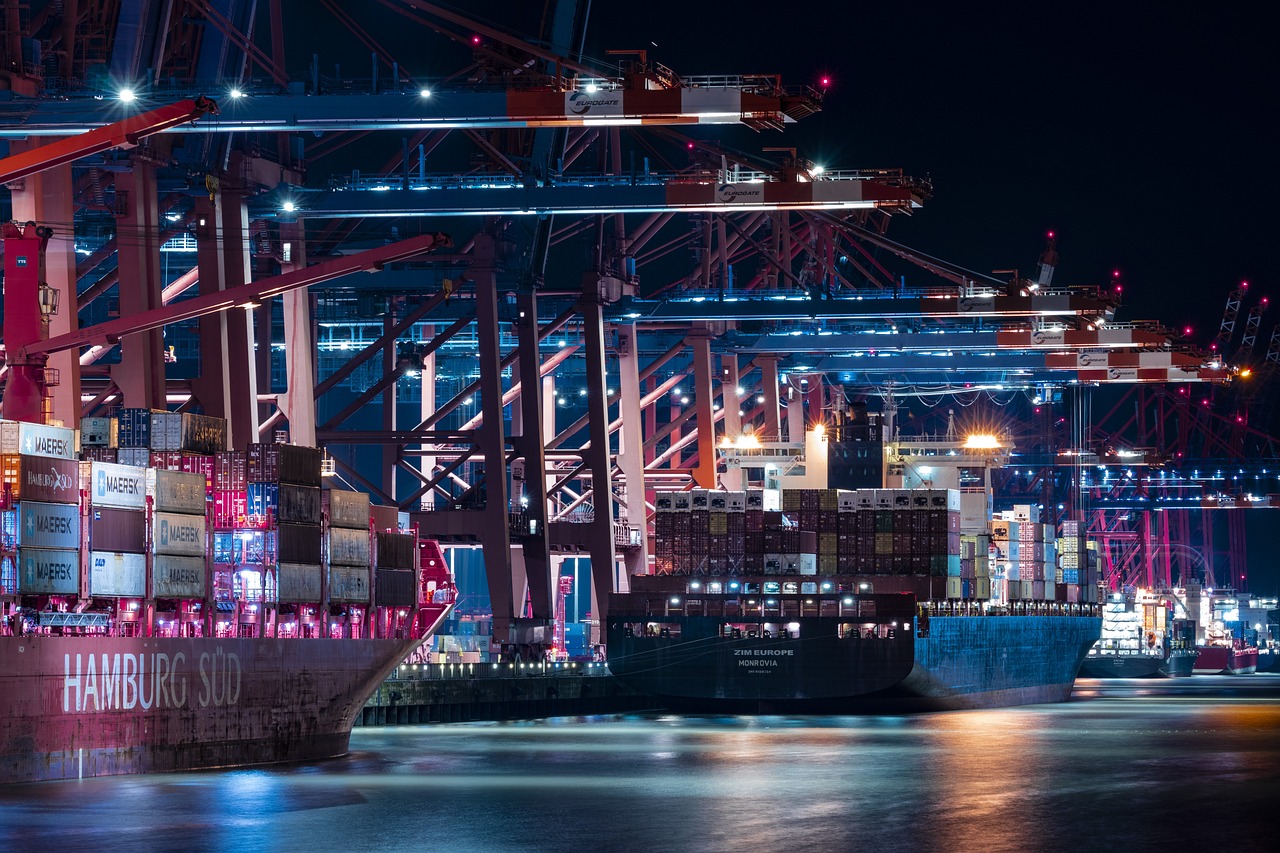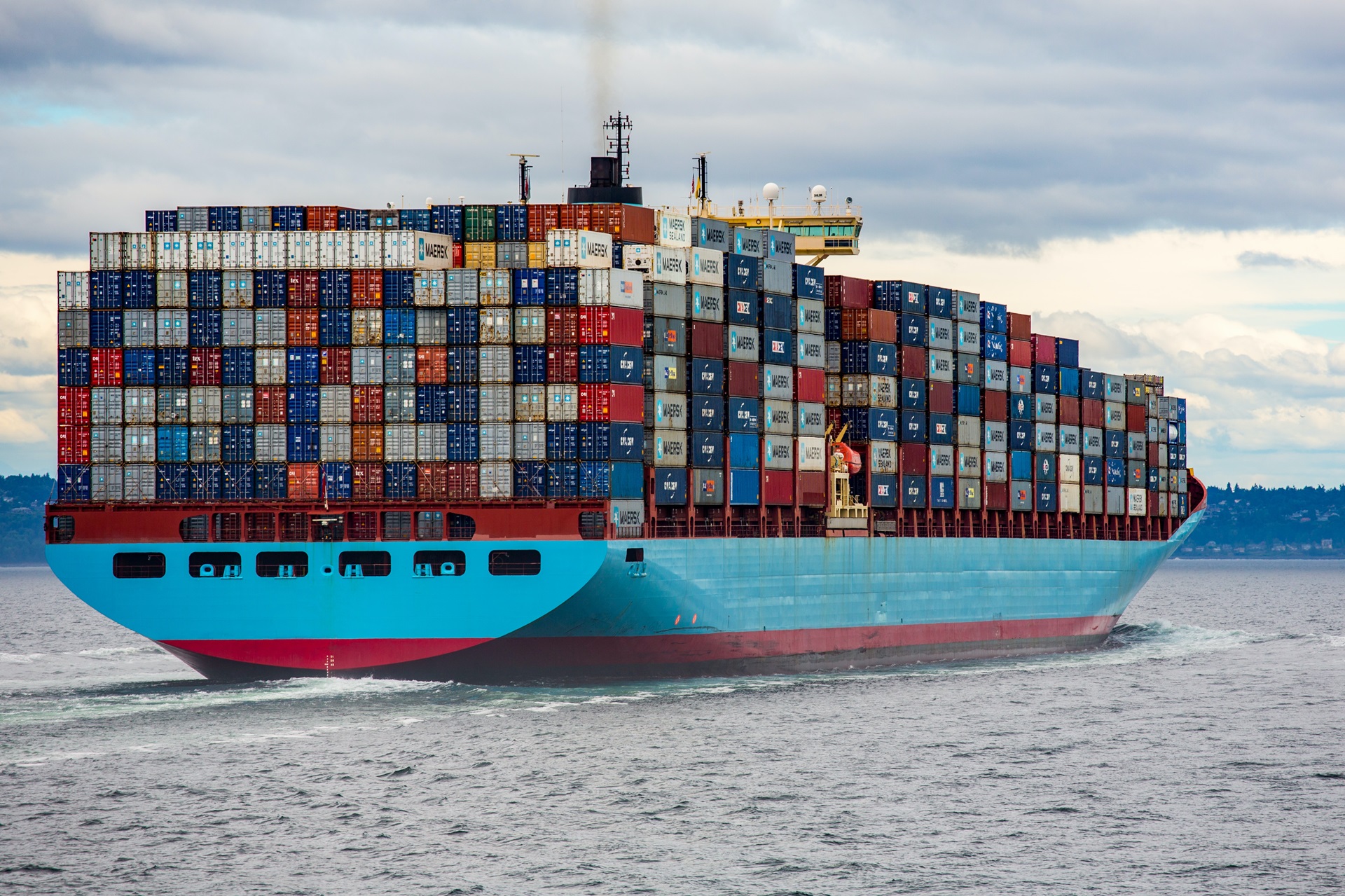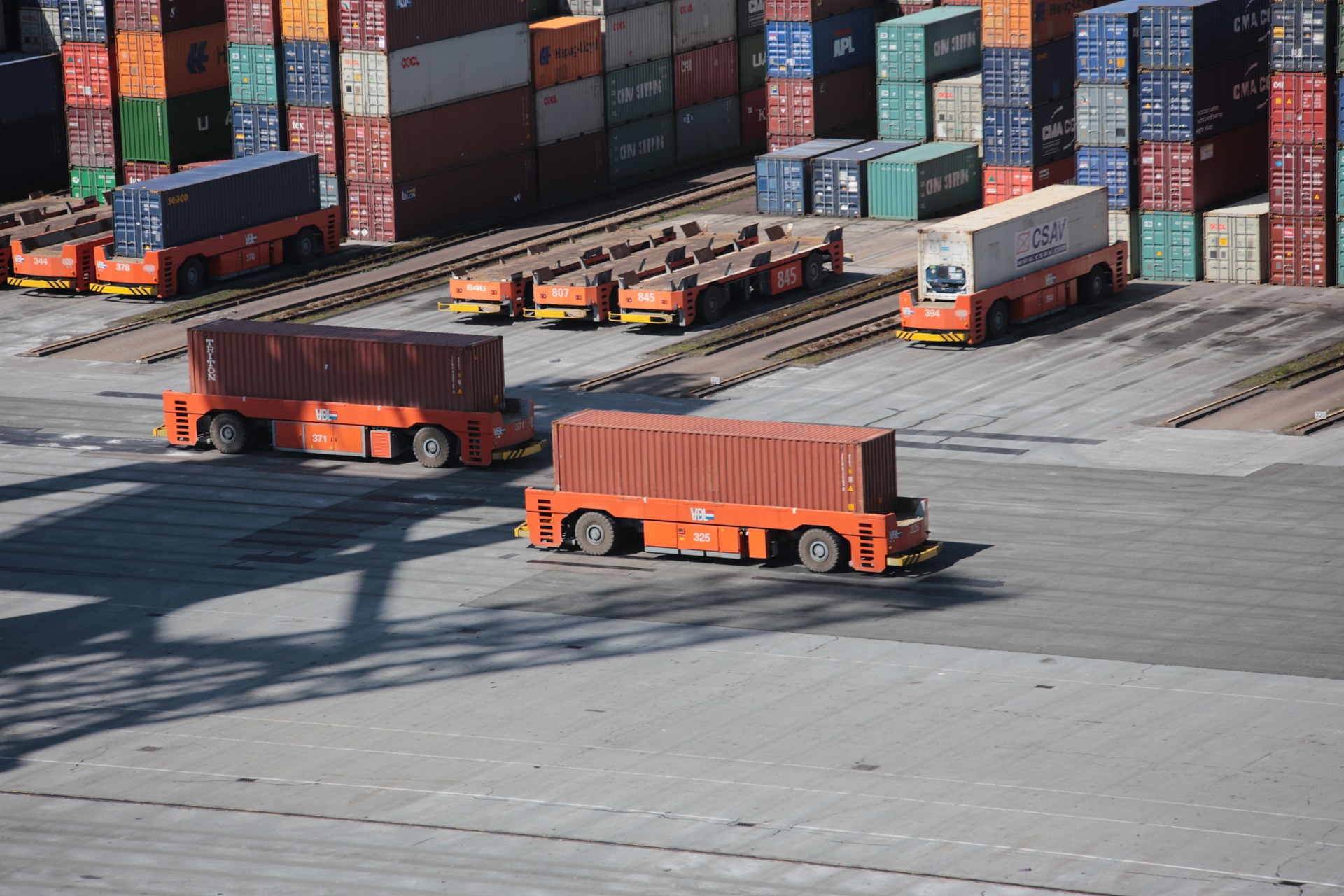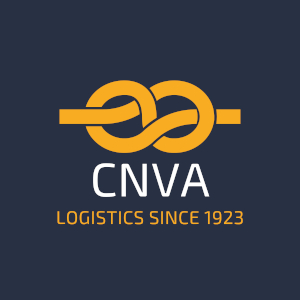Maritime transport of containers

Maritime transport of containers is a modality of goods transport consisting on standardized containers that can be loaded and unloaded easily on docks, trains and trucks. Containers have different sizes and types depending the nature and volume of the load. Some of the most common are dry containers, refrigerated, open top and flat rack containers.
CNVA Logística, as a freight forwarder, offers their customers the possibility to send their goods to any part of the world, making use of the advantages offered by this means of transport, like the low cost, security, flexibility and sustainability. The services offered by CNVA Logística include the management of the documentation, the tracking of the delivery, customs clearance and land transport to and from the docks.
FCL and LCL container transport

CNVA Logística offers services in both FCL as well as LCL, two modalities of maritime container transport that are mainly differentiated by the exclusive use or shared use of the space of a container. FCL (Full Container Load) transport means that the customer has the entire container at their disposal without having to share its space with other customers.
FCL transport is usually for deliveries of great volume or value, since it offers security, speed and simplicity. The customer only pays for the renting of the container, without taking into account the volume or weight of the load, as long as the container limits are respected. Besides, the container is only opened in the origin and the final destination, something that helps reduce the risk of damage or loss.
LCL (Less than Container Load) means that the customer has to share the space of the container with other customers that have similar or compatible loads. LCL transport is typically more convenient to send low volume or value goods since it offers a lower cost, more flexibility and lower environmental impact than carrying a container that isn’t full.
The customer will only pay for the space occupied by their load, without having to rent a full container. Besides, the customer does not have to worry about loading and unloading the goods, all these arrangements are carried out by CNVA Logística.
Despite the fact that the container is opened multiple times in different docs, something that lengthens the transit time and increases the probability of mistakes or loss, CNVA Logística, as a freight forwarder with plenty of experience, has the best associates in the entire process and offers customers a very secure and reliable LCL service.
Refrigerated container transport services

Reefer containers are a type of maritime container transport that counts with a refrigerating equipment to maintain the adequate temperature for the goods that are being transported.
CNVA Logística facilitates their customers the delivery of perishable or heat sensitive goods like food, medicine or chemicals. For each need, we offer different reefer containers like:
- Super-refrigerating reefers can maintain a temperature down to -60ºC, something that makes them ideal to transport frozen fish or delicate pharmaceutical goods.
- Controlled atmosphere reefers: you can regulate the atmospheric pressure and humidity inside said container, apt to transport fruits that need a controlled maturing process.
- Vented reefers: they have a ventilation system that allows for the airflow inside the container, adequate to transport potatoes, onion, coffee or dry garlic.
CNVA Logística also offers delivery using NOR containers. These are a type of very economical maritime container transport that consists on utilising reefer containers with their refrigeration system off to transport goods that do not require cold. This modality uses the space of reefer containers that would otherwise return to their origin empty, therefore reducing the fleet cost and the environmental impact. However, NOR containers have a lower capacity than DRY containers and their availability is limited to certain routes and the need of navies to reposition said containers to their origins.
